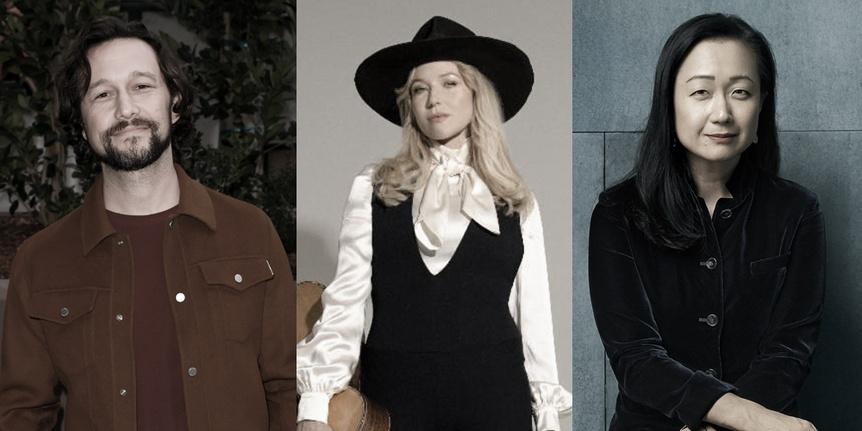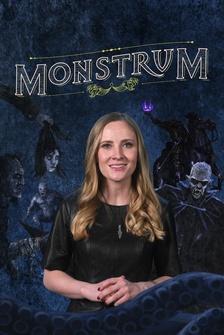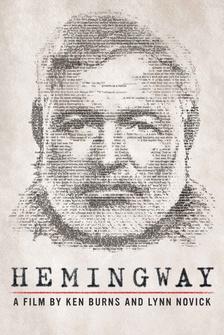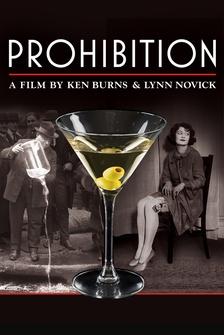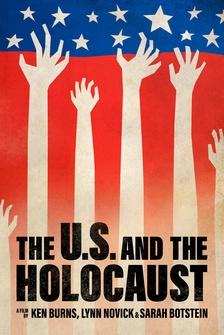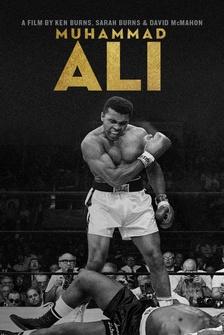- Take a look at this extraordinary footage from a TV show in 1958 hosted by Groucho Marx.
♪ You make me oh so happy ♪ ♪ You make me blue ♪ It's extraordinary, not only because of the amazing blues performance, but because a national television show was featuring a Black woman who openly loved other women and who, despite the dress that she was wearing here, was a drag king.
Her name was Gladys Bentley.
She was a part of the Harlem Renaissance, a revival of Black culture that included iconic writers and musicians like Langston Hughes and Zora Neale Hurston, Duke Ellington and Louis Armstrong.
Gladys Bentley isn't as well known.
Was it because she was queer?
Either way, I have the story of this gender-bending blues musician for you right now.
Welcome to "Masters of Drag," where we're telling you stories of American drag pioneers.
Many drag performers can relate to the very first moments when we discovered our inner king, queen, or royalty.
For me, it was the moment that I got dressed in full drag in front of my entire high school for the drag competition.
And guess what?
I won.
Likewise, Bentley knew from a very early age that her image didn't fully represent who she was inside.
Born in Philadelphia in 1907, Bentley started stealing her brother's suits from the time that she was nine years old and said that she felt more comfortable in boys' clothes.
Around this time, she was also starting to realize her own attraction to women.
As a young teenager, Bentley's parents took her to a bunch of doctors, trying to cure her lesbianism.
These so-called medical experts believed that being gay was pathological.
By age 16, Bentley had had enough, and she ran away to live in Harlem, New York, to chase her dreams of becoming a musician.
Prohibition was in full swing, and underground house parties became hotspots for booze, mixed race mingling, and same-sex dancing Sounds like a normal weekend at Barracuda for me, honey.
After working in the Harlem house party circuit for awhile, Bentley finally got a shot to perform at a bonafide nightclub, which was just searching for a male piano player.
But Bentley came in and blew the competition away with her fierce piano and vocal skills.
I can identify with that.
Bentley's career soon took off.
She was loud, proud, and open.
She once scandalously revealed to reporters that she married a white woman, though the identity of the woman nor the truth of these claims were ever confirmed.
We couldn't find the wedding photos, so who knows?
Her signature look was iconic.
She would show up regularly at gigs dressed to the nines in a fabulous tuxedo In high drag.
Now this may be the time for me to spill a little tea for a second.
There are some critics out there who think that women can't do drag, but I'm here to tell y'all that gay men do not own the idea of gender performance.
Women absolutely, 100% can and should do drag.
By the late 1920s, Bentley was recording her own music.
She was lauded by the likes of Langston Hughes, who once called her "a perfect piece of African sculpture animated by her own rhythm."
But outside of the world of entertainment, Bentley often received criticism and backlash about her lifestyle and her many tall tales.
Some of the criticism came from religious members of the African-American community itself.
They were apparently concerned that Bentley was damaging to racial uplift in the era of Jim Crow.
When Prohibition ended in the 1930s, there was a crackdown on elicit or disorderly bar spaces, "disorderly" being code word for gay, and Bentley's popularity petered out.
So in 1937, Bentley decided to pack up and move to Los Angeles.
There, she kept playing at various upscale supper clubs and bars, but was forced to tone down her act and wear skirts by bar owners who didn't wanna break California's anti cross-dressing laws.
During this time, Bentley was forced to reinvent herself and go back into the closet just so she could still perform the music that she loved in public.
In 1952, she wrote her life story in an article for "Ebony" magazine, entitled "I'm a Woman Again."
"For many years, I lived in a personal hell," she wrote.
"Like a great number of lost souls, I inhabited that half-shadow, no man's land which exists between the boundaries of the two sexes."
In the article, Bentley claimed that she was cured after taking hormone treatments and also that she was now married to a man.
She released photos of herself cooking and cleaning, essentially performing her femininity.
If you read the article closely though, you'll see that she's really talking about the struggles and heartbreak of being shunned by society.
I think it's really a plea for understanding and compassion.
In the later part of her life, Bentley also found religion.
She was studying to be an ordained minister when she died of complications from the flu at age 52.
♪ In my eyes, yes baby ♪ ♪ In my eyes ♪ The world briefly embraced, but was ultimately not ready for, Gladys Bentley.
The entire drag community has pioneering icons like her to thank for setting the stage for artists today to more freely express who they truly are on the inside and on the outside.
Although we don't know that she would have identified as trans, it's undeniable that her legacy was inspiring to those who do.
Drag her-story is longer than most of us think, and we're only just beginning.
Have you seen our episode on Julian Eltinge, a queen who was, at one time, the highest paid performer in America?
If not, check it out here.
Thanks for listening to stories of pioneering American masters of drag with me, Peppermint.

